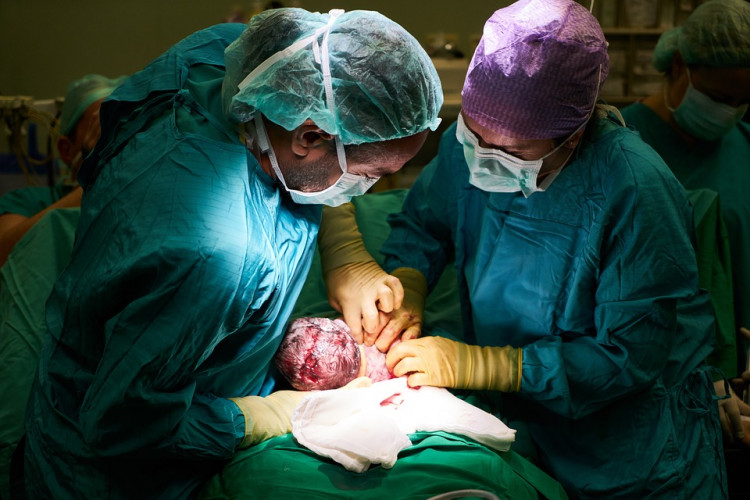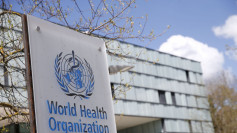For the past two decades, the number of babies delivered through cesarean section increased around the world, wherein some countries already reached the "epidemic" proportions. Now, doctors warned that rich mothers are getting too many with the procedure compared to poor mothers, creating a huge gap in childbirth care and economic status.
According to the study published in The Lancet, doctors performed 16 million C-sections worldwide in 2000 or about 12 percent of all births, but the number increased in 2015 - which was the latest data available - wherein there were 29.7 million C-sections worldwide (21 percent of all births).
However, researchers found the procedure varies in every country, depending on the economic status. In at least 15 countries, over 40 percent of births were performed through C-section procedure, particularly wealthier women in private facilities.
The Dominican Republic has the highest rate of C-section with 58.1 percent of all babies delivered through the procedure. More than half of all births are done using the procedure in Turkey, Egypt, and Brazil. Meanwhile, Hong Kong has almost 41 percent of births done through C-section.
The authors of the study pointed out that although the majority in the middle- and high-income settings used C-section, women in low-income situations don't have access to the procedure - which can be life-saving.
"We would not expect such differences between countries, between women by socioeconomic status or between provinces/states within countries based on obstetric need," said lead author Ties Boerma, who is also a professor of public health at the University of Manitoba, in Winnipeg, Canada.
Jane Sandall, another author of the study and a professor of social science and women's health at King's College London, noted there are several reasons why women chose to undergo C-section, such as medico-legal issues or lack of midwives to prevent and detect the problem. She also said that both hospital and doctor have "financial incentives" when they perform the procedure.
But although young doctors are becoming "experts" in doing C-section, they are losing their confidence when it's time to perform natural birth or vaginal birth procedure, the study warned.
The emerging gap between rich and poor regions within the same country has been identified as well. For instance, C-section rates diverged from 7 percent to 49 percent in India; and the range was 4 percent to 62 percent in China. In the United States, over a quarter of all births performed by C-section and some states even use the procedure almost twice that other.
"It is clear that poor countries have low C-section use because access to services is a problem," Sandall said. Furthermore, she added richer women living in urban areas often have access to private facilities which usually have a higher C-section use.
As per the South China Morning Post, C-section procedure is being marketed as "easy way to give birth," but in fact, C-section has a higher disability and maternal death rates compared to vaginal birth. The procedure scars the womb that may lead to ectopic pregnancy, still- and premature births, or bleeding.
The authors recommended having better education about C-section, improved labor planning to ensure the procedure will only be performed when medically necessary, and properly inform women regarding the possible risks of the procedure. Sandall also noted that the procedure is considered as a major surgery accompanied by risks, so careful consideration is required.






